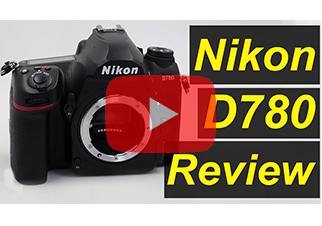The Godox AD100 Pro is Godox’s latest addition to their AD line-up of battery powered strobes, which means that Godox is currently offering ten different models in this product range. Godox AD100 Pro is the smallest variant, both in regards to size and power. Being an off-camera flash, it is targeted towards any photographer whether they are looking to shoot outdoors or indoors with genres like weddings, commercial, studio shots at an affordable price.
For many wedding and fashion photographers, the AD series flashes are rewarding for their excellent performance at a budget friendly price. At 100Ws and priced MRP 22,490 and street price of Rs. 19,600, it is one of the least powerful flashes in the AD series.
Before we start the review let’s talk about Godox. Everyone has been watching Godox in the market for a couple of years now and in a very short period of time the company has managed to really gain some great market strength in India. And the most important part is that they have been providing some amazing products like speedlights, strobes, led, softbox, brackets, etc. and that too at a super affordable price, which makes things even sweeter for the consumer. (Insert Godox Logo)
Look, Body and Design
The Godox AD100 Pro comes in a hard case which is easy, portable and light to carry anywhere for a shoot. The hard case includes the Godox AD100 Pro pocket flash, a Godox WB100 battery, AD-E2 Bracket, Battery Charger, USB Cable. You can carry the case whenever you go for a shoot or just put it in your camera bag and carry it around. In terms of design, Godox AD100 Pro is very compact and light weight. The body feels well-built and like any other pocket flash everything on the rear side is simple, clean and clear to understand. The light includes 2 threaded holes at the bottom which will let you directly mount it on any pole that you would need. And like most of its line-up the light includes a modelling lamp as well and for wireless compatibility the light goes with all the triggers in the Godox line-up.
Performance
Outdoor
We shot some images using a Canon 6D Mark II and the light was connected to the camera using a X1T-C trigger. Connecting the trigger to the light was very effortless as one just has to match the group and channel. The main reason behind choosing this light outdoors is because there are many times when you are shooting wedding portraits or pre-wedding images, commercial shoots with natural or artificial light in the background and you need to fill the light from the front to expose your subject properly.
The images shot
outdoors using the Godox AD100 Pro were pretty impressive and the
results were up to mark.




(Model – Aarya) (Instagram – @___aarya_3541__)
Indoor
For indoor shoots, we have shot some images at one of our known photographer friend’s studios (Siddhesh Sawant) (Instagram – @ssstudios26). Also the light was attached to the Godox SB-UBW80, 80 cm Octa Softbox using a Godox S2 Bracket. We shot some images on different setups like using the softbox, without softbox and modelling lamp. The images were shot using a Canon 5D Mark III and the light was connected to the camera using a X1T-C trigger.
The images shot indoors using the Godox AD100 Pro looked really nice and smooth and the light performed really well. The Godox AD100 Pro handles the heating very well too, even after using it on full power the flash was still firing. The fan inside the AD100 Pro is really helping a lot.




(Model – Rupali) (Instagram – @r00p_alley)
Conclusion
So what do we think about the GODOX AD100 Pro? In one simple word, it is really amazing. It is small, compact and lightweight, and packs a powerful punch. The best part about it though is that it is very pocket friendly. For a price of Rs. 19,600 (Street Price) the pocket flash gives a lovely performance.
And if as a beginner you are looking for a light then we would definitely recommend. The fact that it is so compact that it is very easy to carry wherever you go. Godox realised that photographers have to carry heavy bags and equipment every time and designed the AD100 Pro around that idea.
While this little one might not have the output to challenge the bigger ones in the line-up, but it certainly has the attitude to do so. It really tries to punch above its size and packs every bit of performance while trying.
For YouTube video review click here

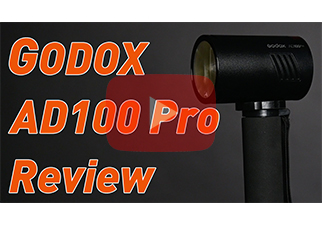
 1.jpg)
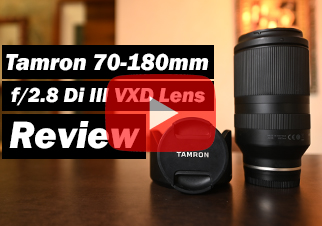
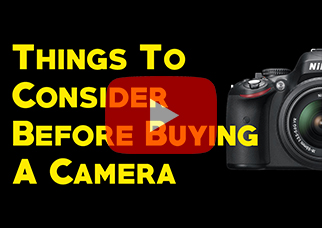

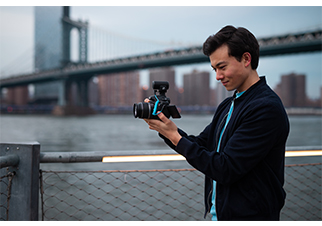
 19.jpg)
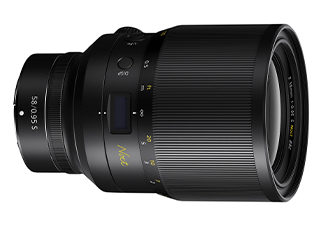
.jpg)
.jpg)
.jpg)
.jpg)
.jpg)
.jpg)
.jpg)
.jpg)
